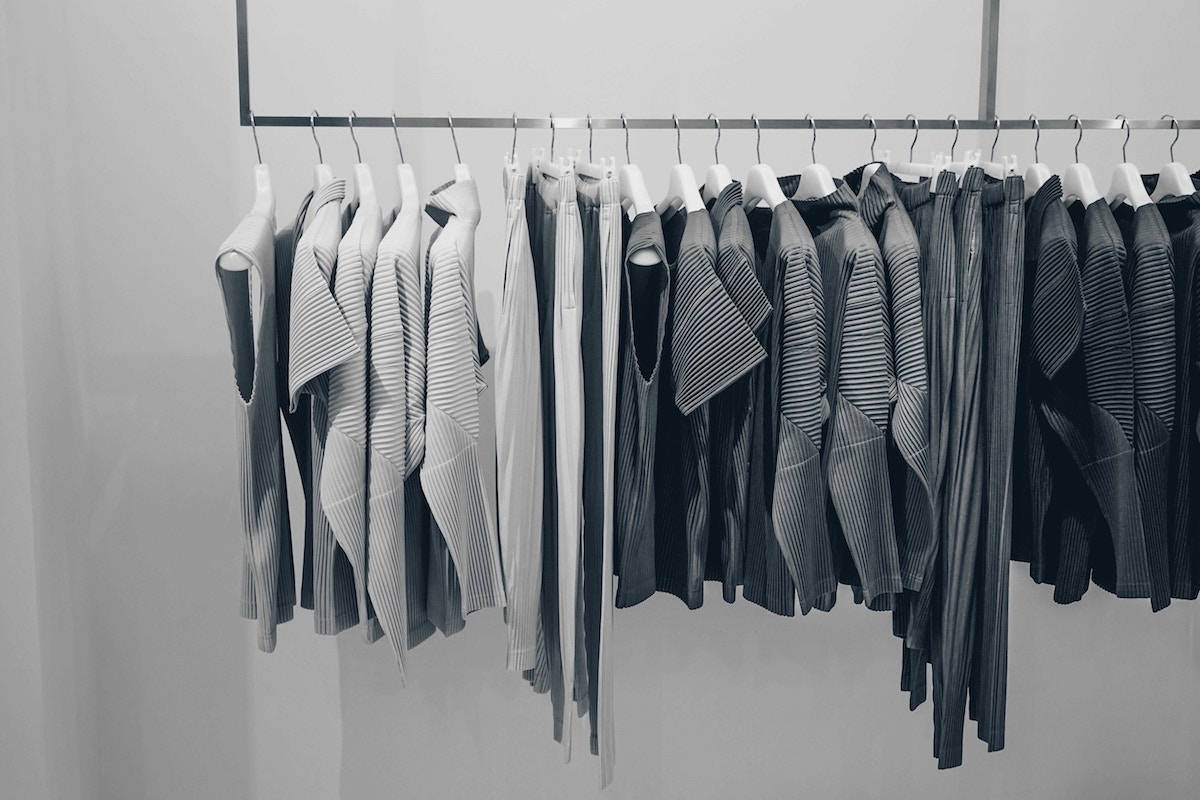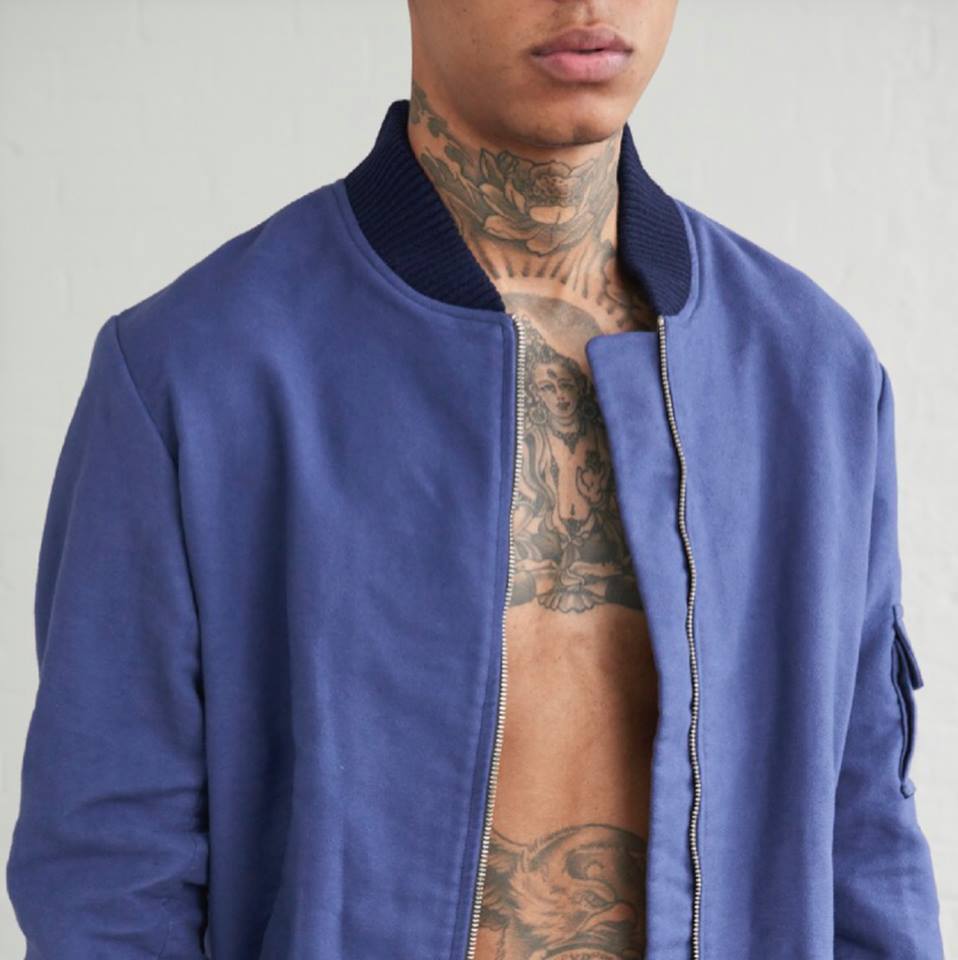
What to consider when launching your fashion business

Your vision – and how you’ll execute your vision – is key. Plan and communicate your vision clearly and you’ll be on your way to materialising your visionary dream.
1. Your brand and brand values
Do you want to be slow fashion or fast fashion? It’s a decision that needs to be made from the outset. Will you be accommodating a cheaper price point to go mass-market, or do you want your products to cater to a niche? Both are amazing avenues, but with very different struggles.
A niche doesn’t have to mean expensive, but you may choose to have a running theme with a deeper meaningful message behind each piece, which will keep your customer engaged.
Ask yourself what you want your brand’s story to be. When I was launching Tress Clothing, I wanted structure and solid materials to let the clothes speak for themselves. Tress Clothing’s message is truth, trust and positivity – not caving or changing, and staying positive to your vision in an ever-changing surrounding. I wanted to evoke and communicate that through my pieces, so fast fashion wasn’t for me.
Logos and large prints are great, and many brands make them work beautifully. However, for my vision it didn’t work. I didn’t want to risk taking attention away from the core design and message of the product. I’ve found that my customers really enjoy the flexibility no logo garments gives them, to wear the pieces their own way.

2. What do you want your products to look and feel like?
The customer’s experience sits at the core of the brand, and your connection with the customer. Once you have your vision find your market and see what exactly it is they want. When launching Tress Clothing, I researched a few similar brands, with similar concepts, products and price points, and learnt about their approaches to purchasing. I tried to get in front of their customers to understand what it is that they wanted, and what other brands are missing. I also visited boutiques across the country to see if my vision was adaptable. While it’s great to have a strong first collection, it needs to send a clear message with regards to product quality and what customers can expect next.
Once you’ve decided on your brand values, and you’ve distinguished your message, you can really get creative: start designing! Heads up – manufacturing is the gruelling and costly stage, but it’s brand-defining.
Attending trade shows should be on any budding designer’s calendar, as it’s a great way to build out your address book – that’s where I met my key contacts for materials and manufacturing. I also learnt a lot of the basics by attending trade shows, from time-scales, to design advice and how to hit certain price-points. This will put you in a great position when you’re building time projections.
3. How will you promote your brand?
When it comes to promoting Tress Clothing, I work with a company called Jelly Pixels. They take care of the broader marketing plan, as well as things like Google listing and social media. I felt it was important to work with a contractor, as brand promotion is essential but time-consuming, and needs expertise.
I also find trade shows to be a great place to promote the product – people have the chance to be hands-on, and directly relate to the product. Wherever possible, I’d recommend seeking out opportunities to exhibit your products – I believe product placement is key. I had a lot of traction following an exhibition at YKK, and I’m currently working on Tress Clothing’s forthcoming pop-up at Wolf & Badger, a boutique for independent and ethical brands based in London.

